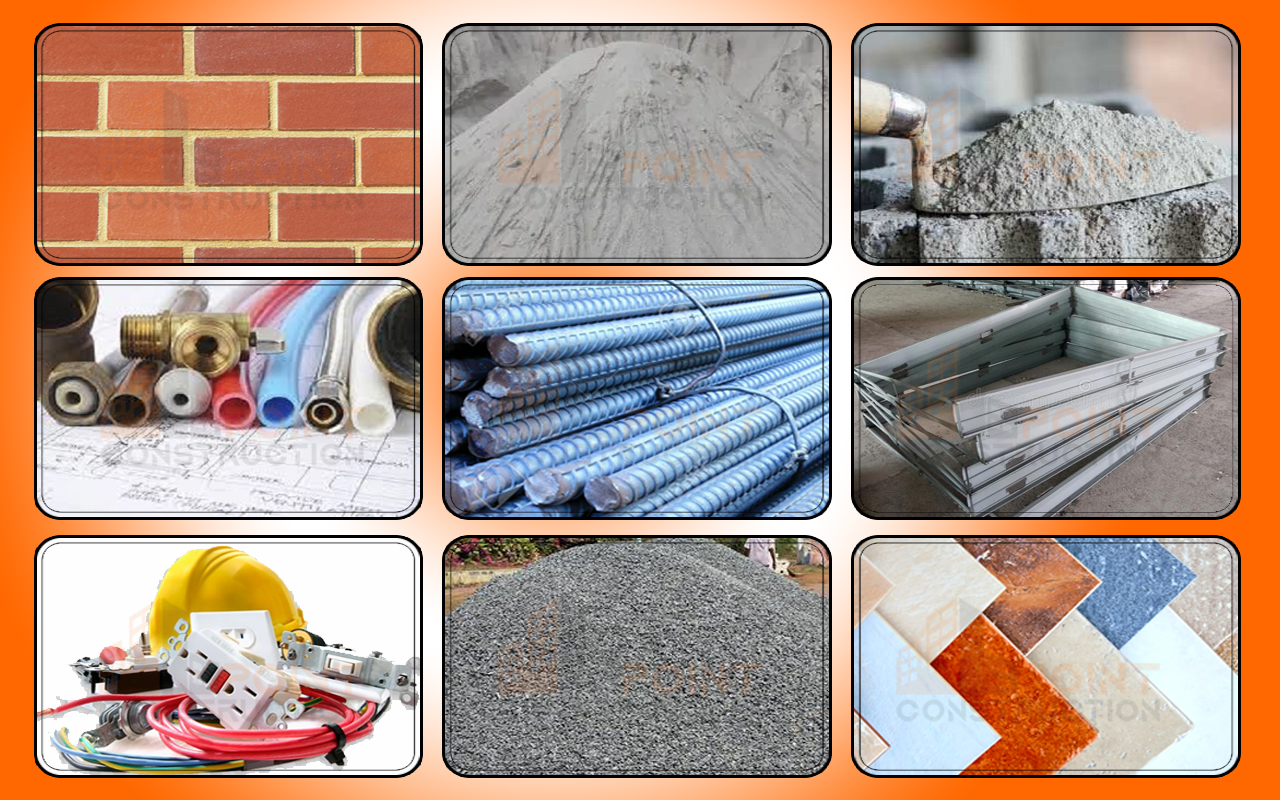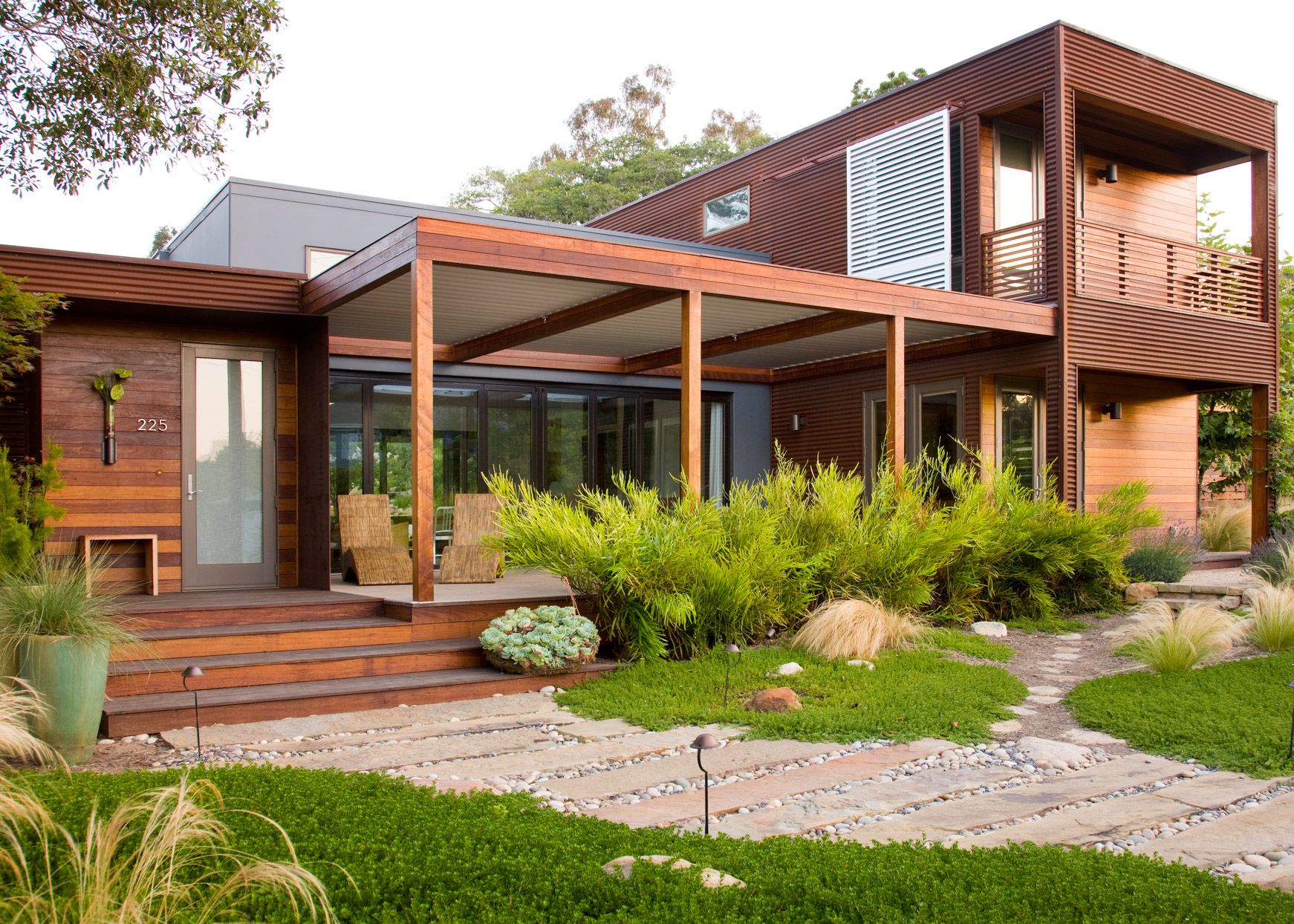Welcome to our comprehensive guide on Building Material Items. In the realm of construction and design, the choice of building materials plays a pivotal role in ensuring durability, aesthetics, and functionality. In this article, we delve into various building material items, exploring their characteristics, applications, and the impact they can have on construction projects.
Foundation Materials
Foundation materials are essential components in construction, providing structural stability and support to buildings. Commonly used materials include concrete, steel, and wood. Concrete, a versatile mixture of cement, aggregates, and water, forms durable foundations and structures. Steel reinforces concrete, enhancing its strength and flexibility. Wood, valued for its natural appeal and versatility, is employed in various construction elements. The selection of foundation materials depends on factors such as soil conditions, building type, and budget. Innovations, like eco-friendly materials and advanced composites, continually impact the construction industry, offering sustainable alternatives. In summary, foundation materials play a crucial role in ensuring the integrity and longevity of structures, shaping the built environment.

- Concrete
- Essential for sturdy foundations and structures.
- Versatile applications in residential and commercial construction.
- Steel Reinforcement
- Enhances the strength of concrete structures.
- Commonly used in reinforced concrete for added durability.
- Masonry Blocks
- Building blocks for walls and foundations.
- Diverse options like concrete, clay, and AAC blocks.
Structural Components
Structural components are essential elements that form the framework of buildings and other structures, providing stability and support. Common components include foundations, beams, columns, and trusses, each serving a specific purpose. Foundations bear the load and transfer it to the ground, while beams distribute the load horizontally. Columns provide vertical support, and trusses offer strength and stability to roofs and floors. The proper design and integration of these components are crucial for ensuring structural integrity and safety in construction projects. Engineers consider factors such as material strength, load distribution, and environmental conditions to determine the most effective combination of structural components for a given application. Whether in residential, commercial, or industrial settings, understanding and appropriately incorporating these components is fundamental to the success and longevity of any structure.

- Timber and Lumber
- Widely used for framing and structural support.
- Sustainable option with aesthetic appeal.
- Structural Steel
- Ideal for large-scale construction projects.
- Used in the framework of skyscrapers and bridges.
- Composite Materials
- Innovative solutions combining strength and lightness.
- Applications in modern construction for efficiency.
Exterior Finishes
Exterior finishes play a crucial role in enhancing the aesthetic appeal and protecting the structural integrity of buildings. These finishes encompass a variety of materials and techniques designed to withstand environmental elements while contributing to the overall design. Common exterior finishes include paint, stucco, brick, stone, wood, and metal cladding. Each material offers unique characteristics such as durability, weather resistance, and texture, allowing for diverse architectural expressions. The choice of exterior finish is influenced by factors like climate, budget, and design preferences. Properly applied finishes not only add visual charm but also act as a shield against harsh weather conditions, preventing damage and ensuring longevity. Regular maintenance is key to preserving the appearance and functionality of these finishes, ensuring that buildings remain both visually appealing and structurally sound over time.
- Bricks and Stone Veneer
- Enhances the aesthetic appeal of buildings.
- Provides insulation and durability.
- Siding Materials
- Options include vinyl, wood, and fiber cement.
- Balancing aesthetics, durability, and maintenance.
- Roofing Materials
- Asphalt shingles, metal, and clay tiles.
- Factors influencing material choice for roofs.
Interior Finishes
Interior finishes play a pivotal role in shaping the aesthetics and functionality of a space. These encompass a range of materials and elements that define the final appearance of walls, floors, and ceilings. Wall finishes can include paint, wallpaper, or textured surfaces, influencing the ambiance and character of a room. Flooring options, such as hardwood, carpet, or tiles, not only contribute to visual appeal but also impact comfort and maintenance. Ceilings, often overlooked, can feature various finishes like paint, panels, or suspended systems, affecting the perceived height and overall design. Additionally, interior finishes extend to fixtures, moldings, and trims, contributing to the cohesive and polished look of a space. The careful selection of these finishes involves considerations of durability, maintenance, and design preferences, ultimately shaping the atmosphere and functionality of the interior environment.
- Drywall
- Standard interior wall material.
- Easy installation and versatile finishing options.
- Flooring Materials
- Hardwood, laminate, tile, and carpet options.
- Considerations for different rooms and usage.
- Ceiling Materials
- Suspended ceilings, drywall, and acoustic tiles.
- Aesthetic and functional aspects of ceiling choices.
Conclusion
In conclusion, the world of building material items is vast and diverse. Each material serves a specific purpose, contributing to the overall integrity and functionality of a structure. Whether you are embarking on a new construction project or renovating an existing space, understanding the characteristics of various building materials empowers you to make informed decisions that align with your project’s goals.
Feel free to expand on each sub-section to meet the desired word count, and adjust the content as needed.

